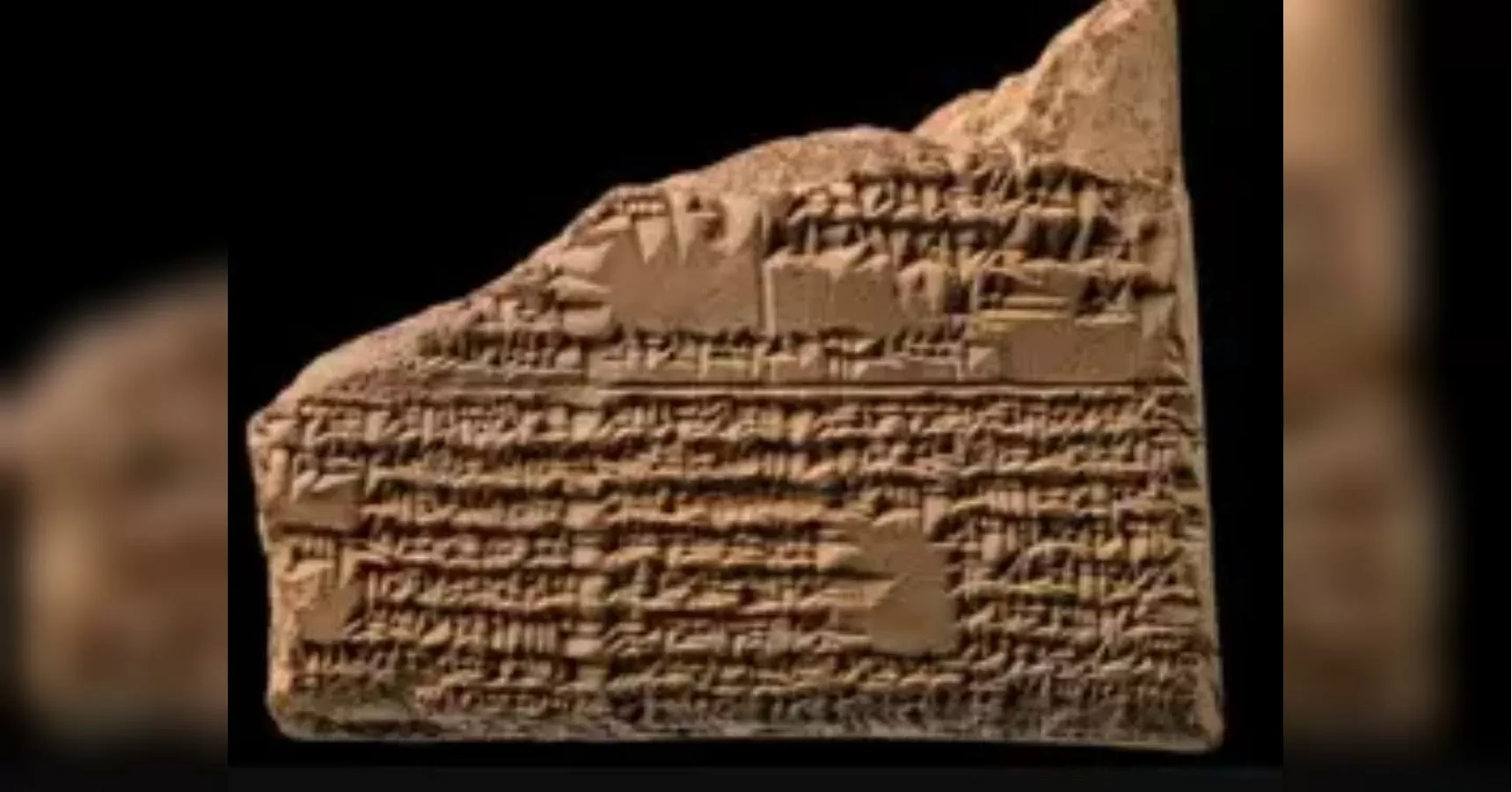The British Museum, located in the heart of London, is home to one of the most extensive collections of ancient artifacts in the world. Among its vast collection, there are several significant pieces that hold great historical and cultural value. One such treasure is the collection of ancient Babylonian tablets, which have been carefully preserved and displayed in the museum for centuries.
The Babylonian tablets are a collection of clay tablets that were created in ancient Mesopotamia, specifically in the city of Babylon, which was located in present-day Iraq. These tablets date back to the 2nd millennium BCE and contain some of the earliest known forms of writing. They were used for various purposes, such as recording legal contracts, documenting trade transactions, and preserving literature and religious texts.
The tablets were discovered in the late 19th century by archaeologists who were excavating the ancient city of Babylon. They were found in the ruins of the city’s temples, palaces, and libraries, providing valuable insights into the daily lives and beliefs of the ancient Babylonians. The British Museum acquired the tablets in the early 20th century, and they have been an essential part of its collection ever since.
The collection of Babylonian tablets in the British Museum is vast, with over 130,000 tablets in its possession. These tablets are made of clay and vary in size, with some as small as a few centimeters and others as large as a meter. Each tablet is inscribed with cuneiform script, which was the writing system used by the ancient Babylonians. The tablets also feature intricate designs and illustrations, providing a glimpse into the artistic skills of the ancient civilization.
One of the most famous tablets in the collection is the Epic of Gilgamesh, which is considered one of the earliest surviving works of literature. This epic poem tells the story of a legendary king and his quest for immortality. The tablet is over 3,000 years old and is a significant piece of literature that has influenced many works of literature and art throughout history.
Apart from the Epic of Gilgamesh, the collection also includes tablets that document the daily lives of the ancient Babylonians. These tablets provide valuable information about their social structure, economy, and religious beliefs. They also shed light on the advancements made by the ancient civilization in areas such as mathematics, astronomy, and medicine.
The British Museum has taken great care to preserve and display these ancient tablets, ensuring that they are accessible to the public. The tablets are kept in climate-controlled rooms to prevent any damage from humidity or temperature changes. They are also carefully handled by trained professionals to avoid any accidental damage.
The museum has also made efforts to make the tablets accessible to a wider audience through various exhibitions and digital platforms. The tablets have been featured in several exhibitions, both in the museum and around the world, allowing people to see them up close and learn about their significance. The museum’s website also features a digital collection of the tablets, allowing people to explore and learn about them from the comfort of their homes.
The Babylonian tablets in the British Museum are not only significant for their historical and cultural value but also for the insights they provide into the ancient world. They are a testament to the ingenuity and creativity of the ancient Babylonians and their contributions to human civilization. The museum’s efforts to preserve and display these tablets ensure that they will continue to educate and inspire future generations.
In conclusion, the collection of Babylonian tablets in the British Museum is a treasure trove of ancient artifacts that hold immense historical and cultural value. These tablets provide valuable insights into the daily lives, beliefs, and achievements of the ancient Babylonians. The museum’s efforts to preserve and display these tablets ensure that they will continue to be a source of knowledge and inspiration for generations to come. So, if you ever find yourself in London, make sure to visit the British Museum and witness these remarkable tablets for yourself.

